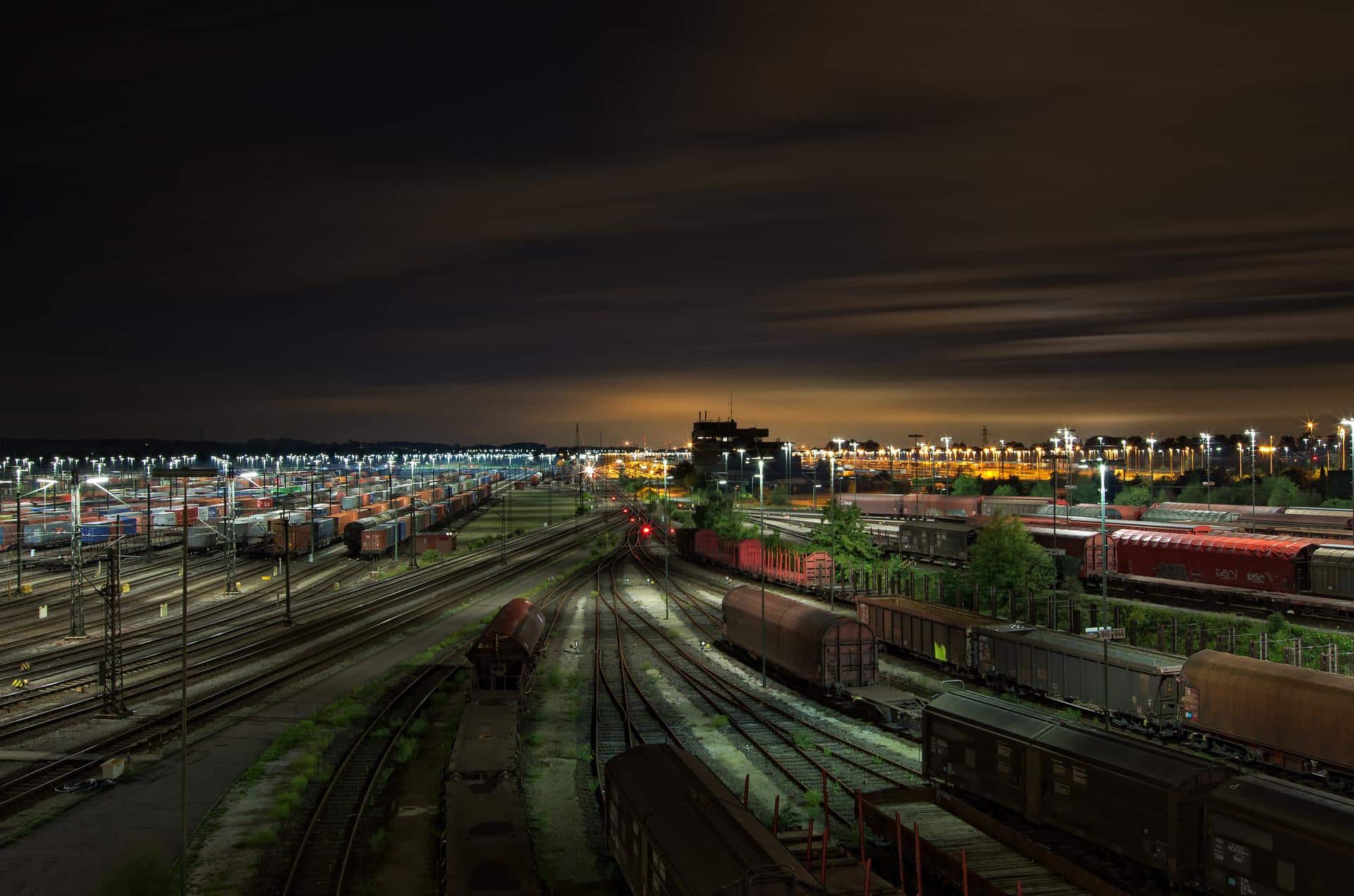With the cost-of-living and energy crises, the ongoing fallout from Brexit, and inflation to deal with, businesses across the UK are feeling squeezed right now. Including those whose businesses rely upon the importing or exporting of goods. According to the UK’s statistical agency, the cost of motor fuels had risen by more than 42% in the year to June. And, unfortunately, many carriers are having to pass at least some of the cost on to their customers. But what can you do? You can’t just stop moving your goods. So, maybe, finding an alternative form of transportation is the answer.
Why Rail Freight Could Help to Limit Your Transportation Costs
Rail freight has always been one of the most cost-effective ways to move cargo. But the limitations of the service – the lack of door-to-door delivery – often deter businesses from considering rail as a viable option for their products. It is also not the fastest method of transporting goods from A to B. But with a growing number of freight forwarders offering multimodal and intermodal freight services, rail freight has become a whole lot more accessible. So, why should you consider it?
Four reasons to consider sending freight by rail
Rail transport is cheaper
Rail transport has always been cheaper than other methods of transportation. Partly because of the infrastructure. A single driver can transport multiple customers’ cargo in a single load. There is a fixed route and a fixed timetable with no expectation of deviation, because trains can only go where their tracks will take them. Fuel is cheaper, and fuel surcharges are also highly unlikely.
When used intermodally, rail transport is convenient
Intermodal transport is where a truck is used to collect your goods from your supplier and transport them to an appropriate rail depot. Your goods are then transported via train (and/or ship, if you select a multimodal service) to a location closest to your end destination, ready for a truck to complete the journey. Thus, providing a door-to-door service at the lowest possible cost.
Rail transport is better for the environment
According to the European Environment Agency (EEA), rail and waterborne transport have the lowest emissions per kilometre and unit transported. So, if you’re looking for an easy way to enhance your brand’s green credentials while also cutting your overheads, rail or multimodal transport can be an excellent choice.
Rail and multimodal transport provide reliability and flexibility
When you select multimodal transport, you give your freight forwarder permission to move your goods in the most convenient and cost-effective manner. But you also give them the freedom to find new solutions in the event of the unexpected. Whether that’s ferry strikes or weather-related road closures. So, your goods always get through. And rail freight has a reputation for reliability.
As we’ve moved further and further into an ‘on-demand’ culture, rail has often seemed antiquated. It’s a fixed entity with no option for personalisation – you fit in with it rather than the other way round. But it’s partly because of its fixity that rail transportation can make a valuable addition to your logistics strategy. And it’s a great way to keep your goods moving, without overstretching your budget.
Find out more about Plexus Freight’s rail freight services.


